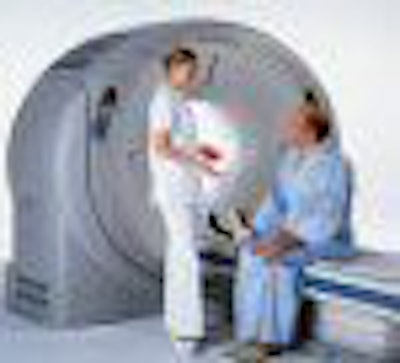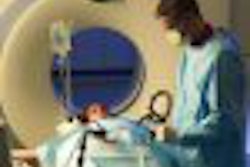
Toshiba of Tustin, CA, will highlight the new Version 3.0 software enhancement for its 32-slice Aquilion 32 and 64-slice Aquilion 64/Aquilion 64 CFX scanners. The upgrade is designed to improve workflow and usability of the systems.
Among the improvements is PhaseXact, a new feature for Toshiba's SureCardio application that improves workflow, productivity, and image quality for cardiac CT studies by automatically selecting the best phase of the heart for cardiac CT reconstruction. Toshiba has also improved its SureFluoro CT fluoroscopy application by enhancing the user interface to accompany its three-view real-time display.

Other enhancements include PGP Hard Split, an algorithm that improves workflow and productivity by automating the exam split of contiguous body sections, and CAN (Level 1), a protocol for contrast injector synchronization triggering that improves workflow by connecting Aquilion with an injector to enable the acquisition to be initiated at either the injector or scanner.
Toshiba will promote enhancements to its advanced Quantum denoising software (QDS) to provide better image quality at a lower dose for cardiac CT angiography studies. Meanwhile, QD Scan is a new scan mode for brain imaging using QDS to boost low-contrast resolution.
Toshiba began shipping the Version 3.0 upgrade on Aquilion production units in August 2006, and has been making it available to existing 32- and 64-slice systems in the current quarter.
Finally, keep an eye out for signs of the 256-slice CT technology under development by Toshiba in Japan. Toshiba has discussed the work-in-progress system at past RSNA meetings, and during 2006 its clinical partners have reported results on trials of the system in human patients.
By Brian Casey
AuntMinnie.com staff writers
October 26, 2006
Copyright © 2006 AuntMinnie.com




















